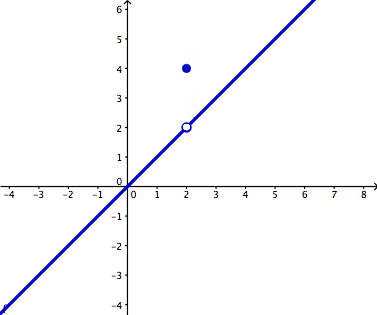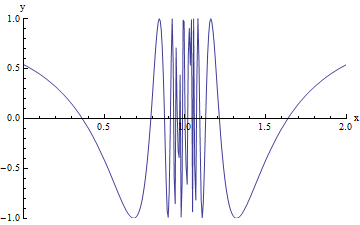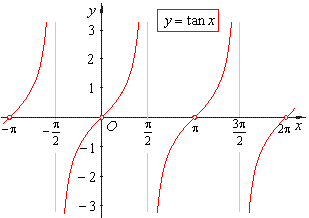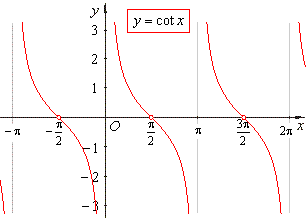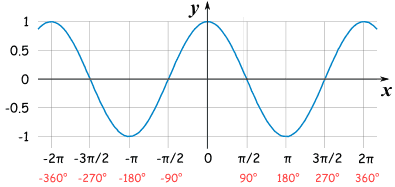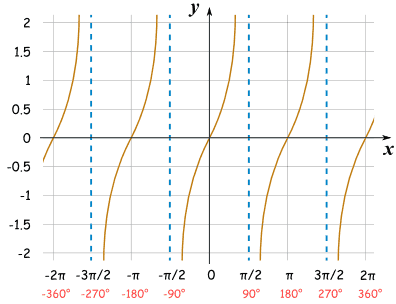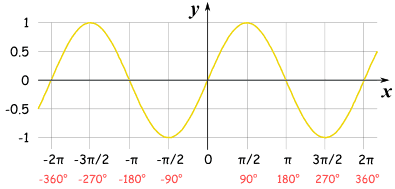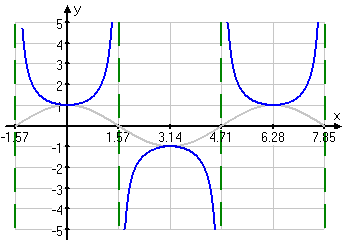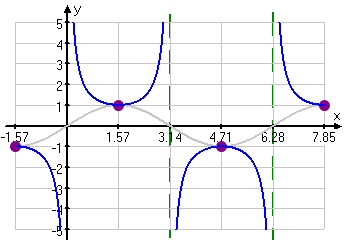The difference quotient helps us to find the slope of a tangent line at any point. But a tangent line only touches the graph once. While the secant line touches the graph twice. In order to find the slope of a secant line, we use the slope formula m = (y2-y1)/( x2-x1). So based on the first point on the graph below it is (x,f(x)) and the second point is (x+h, f(x+h)). So now we know what y2,y1,x2,x1 are. So we just plug this into the slope formula, which is m= (f(x+h))-(f(x))/((x+h)-(x)). So on the top nothing simplifies but the bottom the 1s cancels out, which leaves us h for the denominator.
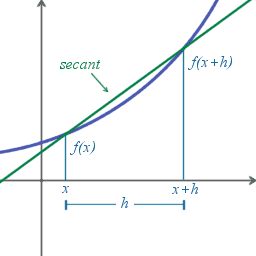
http://upload.wikimedia.org/wikipedia/commons/8/8c/Derivative.png
That will give us the difference quotient: Sometimes the delta x is refer to h.

http://www.infobarrel.com/Find_the_Derivative_of_a_function_by_using_the_difference_quotient_definition
Reference:
1.)http://upload.wikimedia.org/wikipedia/commons/8/8c/Derivative.png
2.)http://www.infobarrel.com/Find_the_Derivative_of_a_function_by_using_the_difference_quotient_definition
